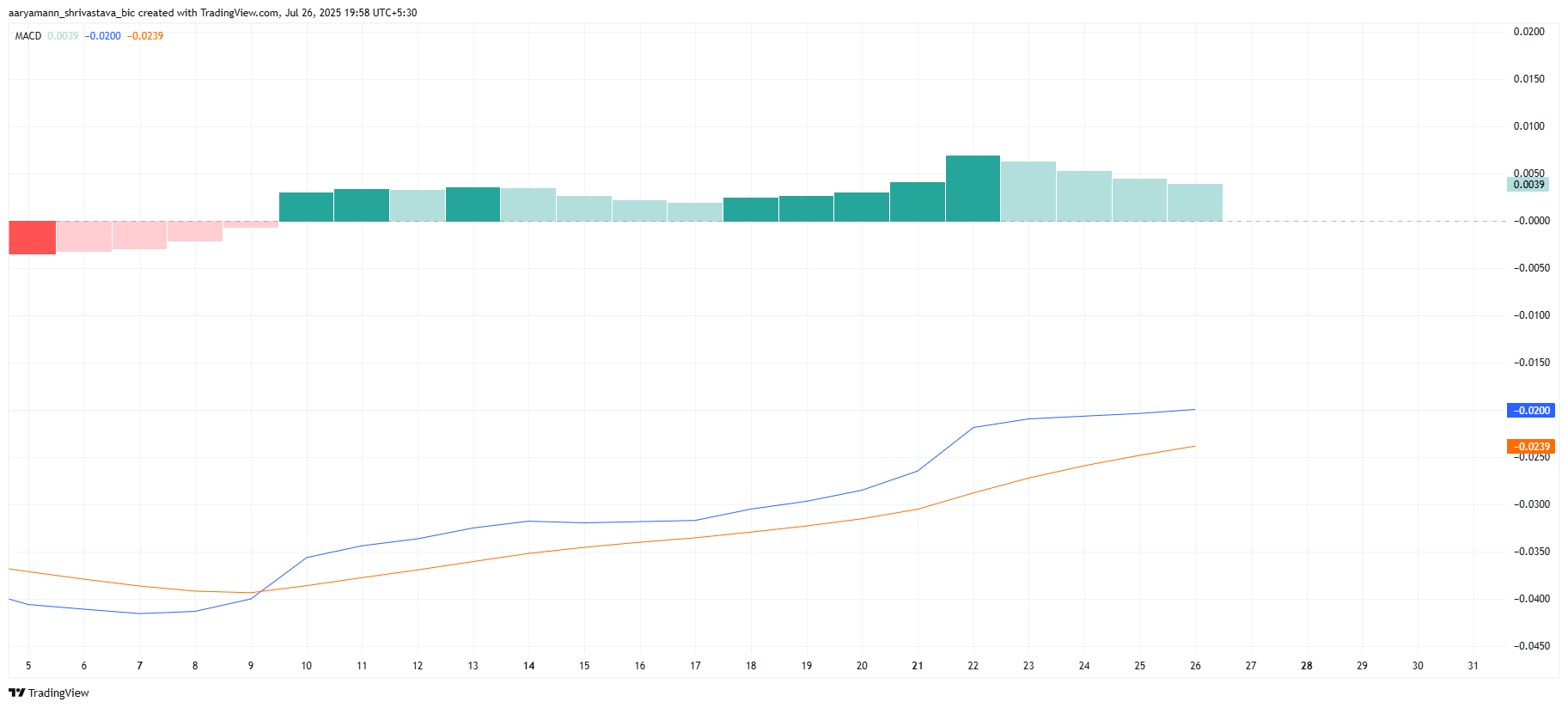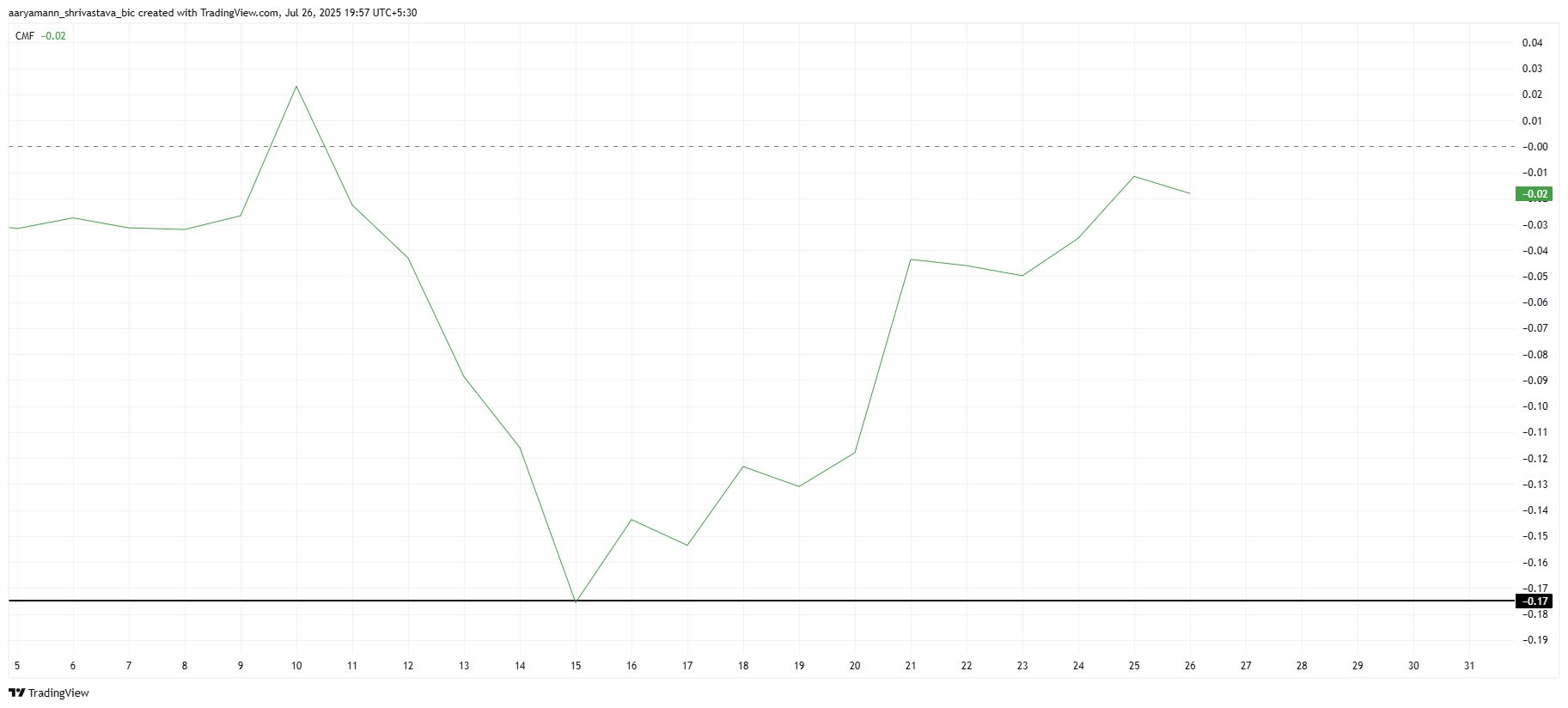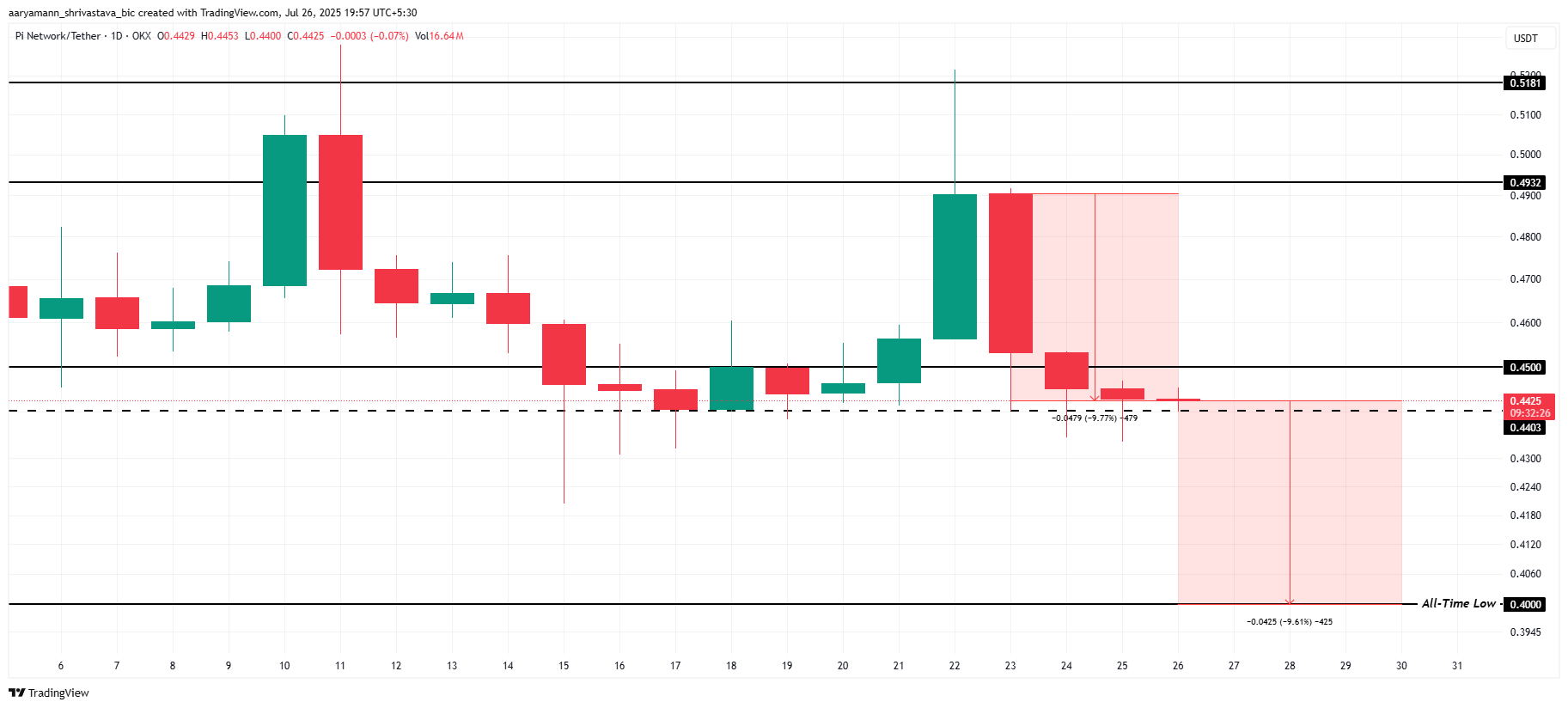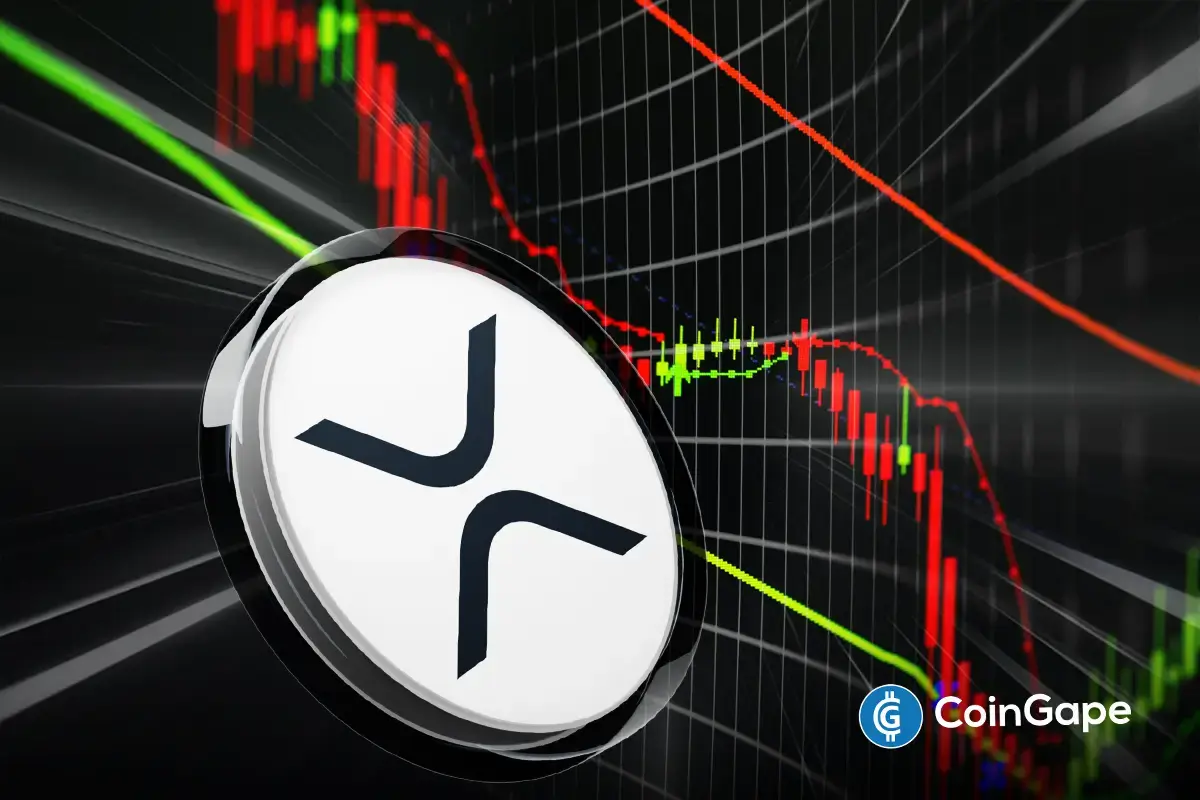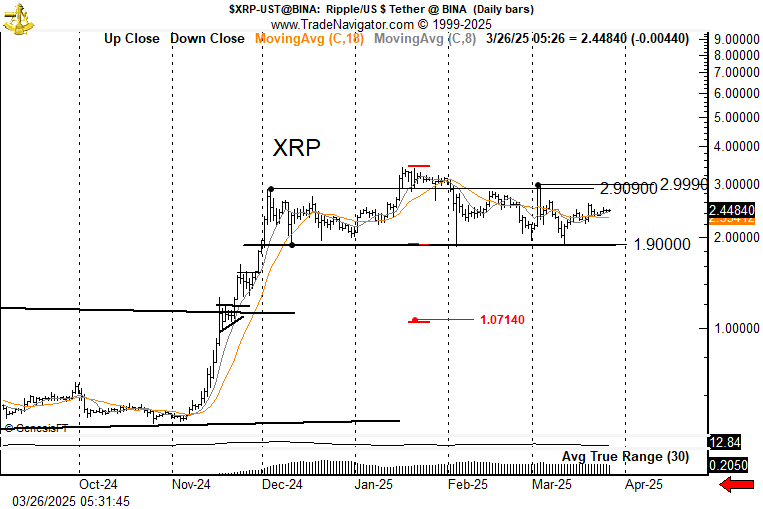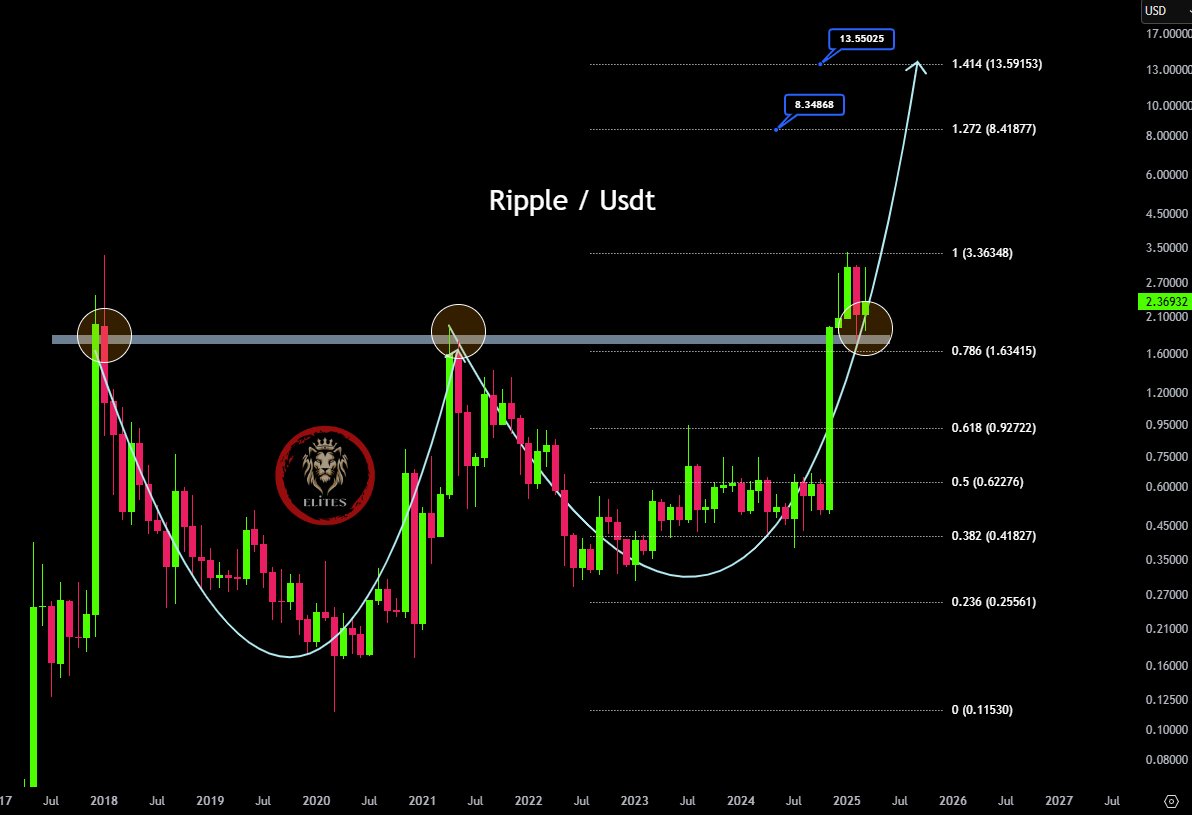
The post Ripple Says UK Crypto Regulation Could Unlock Massive Growth appeared first on Coinpedia Fintech News
As the UK government unveils its draft crypto regulation, Ripple is positioning itself to seize what it sees as a massive opportunity in the British market.
Cassie Craddock, Ripple’s Managing Director for the UK and Europe, says the new proposals reflect the country’s “huge potential” to become a global leader in crypto — especially with its “second-mover advantage.”
Ripple Backs the UK’s Regulatory Direction
Craddock expressed strong support for the UK’s approach to crypto oversight, calling the draft legislation both “flexible” and “globally competitive.” She noted that Ripple already operates one of its largest international offices in London, underlining the company’s confidence in the region’s long-term potential.
Craddock added that while countries like the US, Singapore, and the EU have made earlier regulatory moves, the UK could catch up — and even surpass them — if it delivers the right framework for innovation.
“There’s a huge opportunity for the UK here,” Craddock said. “If done right, the country can become a globally competitive crypto market.”
Ripple XRP News Highlights Industry Split
While Ripple remains optimistic, others in the crypto industry are sounding the alarm. Critics argue that the UK’s regulatory direction, while promising, still lacks clarity. Coinbase UK’s Head, Keith Grose in an interview with CNBC, warned that without solid, supportive rules, the UK risks losing its edge — and potentially its startups — to more crypto-friendly jurisdictions.
“The UK has the potential,” Grose noted, “but there’s a real risk of driving innovation elsewhere if the government doesn’t move quickly.”
Stablecoin Rules Still in Limbo
One of the biggest hurdles? Stablecoins. Mark Fairless of ClearBank told CNBC that although the bank is eager to launch its own stablecoin, they’re unable to proceed due to vague and incomplete guidance. Industry leaders believe meaningful progress might be stalled until the Bank of England releases a clear framework — which could take years.
Crypto Startups Still Face Banking Trouble
Another major challenge is access to banking. A survey showed that half of UK crypto firms were denied or lost bank accounts. Keith Grose says this makes it tough for businesses to grow. Without proper banking support, he warns, the UK could lose out on becoming a real crypto hub.
Overall, Ripple stays hopeful, but the message is clear: smart, clear rules are key if the UK wants to lead in crypto.
Never Miss a Beat in the Crypto World!
Stay ahead with breaking news, expert analysis, and real-time updates on the latest trends in Bitcoin, altcoins, DeFi, NFTs, and more.



